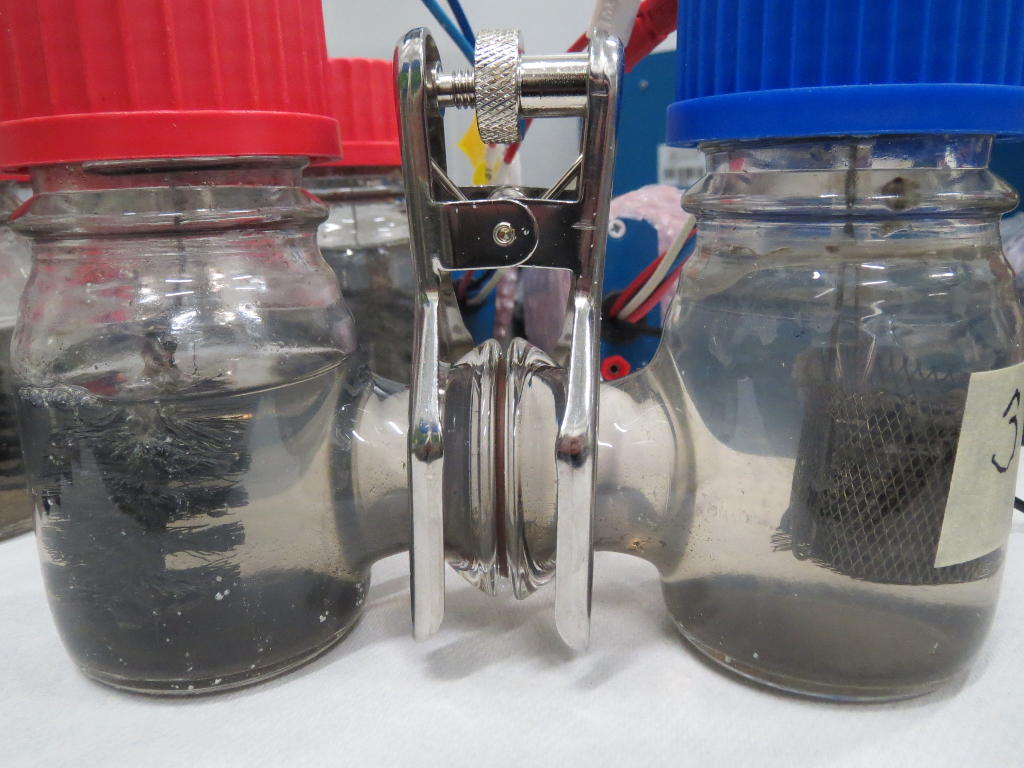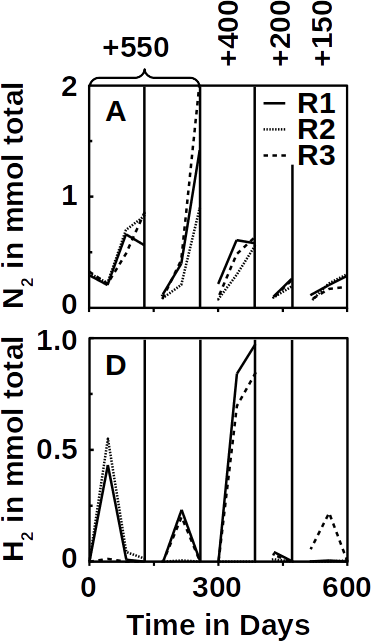
During the last decades, China has achieved rapid development in technology and economics, however at a huge environmental cost. The deterioration of inland surface water quality is considered one of the most serious environmental threats to ecosystem and ultimately public health.
Since 2001, China made major efforts to tighten the application of environmental rules in order to stop water pollution emitted by cities, farm and industry. According to the government’s “10th National Five-Year Plan”, large investments were made for pollution control and wastewater discharge regulation systems.
Small research studies showed that with this campaign, Chinese’s lakes and rivers got cleaner. Since then water quality has improved significantly − however, other parts of country still have problems with polluted water.
Now, a team of researchers of the at the Chinese Academy of Sciences in Beijing, has published one of the most comprehensive national investigation of China’s surface water quality in the renown journal Science. The researchers investigated all regions of the country to learn how surface water responds to multiple driving forces over time and space. Their report covers the assessment of water quality by means of three parameters: dissolved oxygen level (DO), chemical oxygen demand (COD) and ammonium nitrogen (N) in inland surface waters. They performed monthly site-level measurements at major Chinese rivers and lakes across the country between 2003 and 2017.
Due to regional variations in China’s inland water quality as well as the dynamics in multiple anthropogenic pollution sources, such studies are crucially important to identify the necessary regulation measures and water quality improvement policies adapted to ecosystem sustainability at all diverse country regions.
The results show that during the past 15 years, annual mean pollution concentration has declined across the country at significant linear rates or was maintained at acceptable levels. Consequently, the annual percentage of water quality have increased by 1.77% for COD, 1.83% for N and 1.45% for DO per year. While China has not yet implemented environmental water standards, the study shows that China’s water quality is improving nonetheless.
The best news is that the notoriously high pollution levels have declined as cities and industry have worked to clean up and reduce their discharges. According to the authors, the most visible alleviation was noticed in northern China, while in the western region of the country water quality remained at their low pollution level throughout the observation period. The reason is likely that pollution is caused by human activity, of which there is less in those parts of the country.
Despite large efforts toward decreased pollution discharges, urban areas are still considered as the major pollution centers. These areas face additional pressure due to the constant migration and fast urbanization of the rural regions. Especially in northern China, with high-density human activity and exploding urbanization, achieving and maintaining a clean environment is a permanent struggle.
To further reduce pollution and improve water quality, the authors recommend that future activities focus on water management systems and the water pollution control. For both, the central government issued guidelines to control and improve water use and pollution discharge at regional and national levels for 2020 and 2030.
At Frontis Energy, we certainly support activities in China that help improving the countries water quality and public health. The Frontis technology gives its user an incentive to to clean wastewater before discharge by extracting its energy. Our patent pending solutions are based on microbial electrolysis which helps to extract energy from wastewater and apply in particular to China.
Mima Varničić, 2020
(Photo: Gil Dekel / Pixabay)







